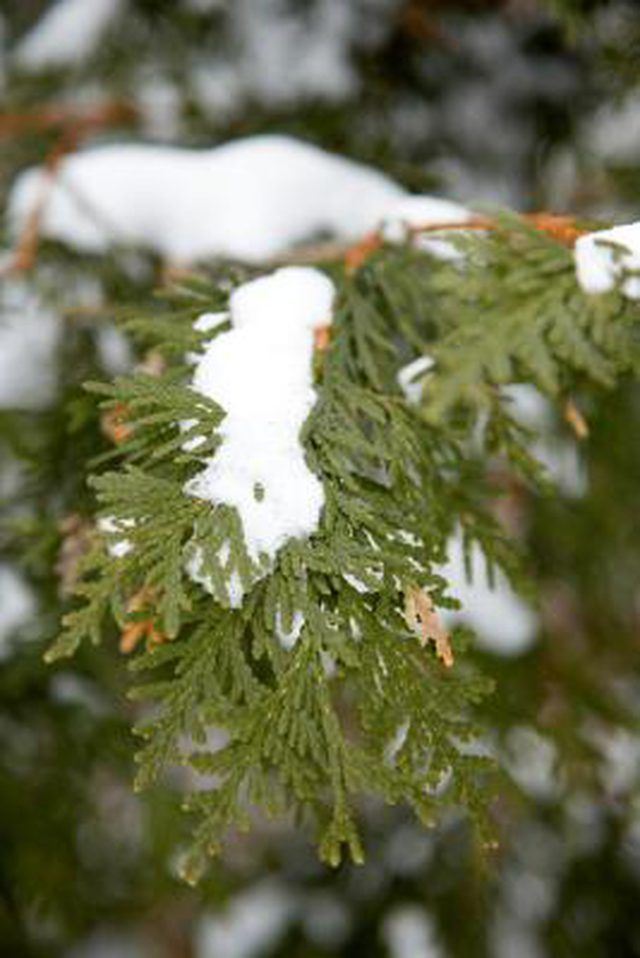Bulbs
Flower Basics
Flower Beds & Specialty Gardens
Flower Garden
Garden Furniture
Garden Gnomes
Garden Seeds
Garden Sheds
Garden Statues
Garden Tools & Supplies
Gardening Basics
Green & Organic
Groundcovers & Vines
Growing Annuals
Growing Basil
Growing Beans
Growing Berries
Growing Blueberries
Growing Cactus
Growing Corn
Growing Cotton
Growing Edibles
Growing Flowers
Growing Garlic
Growing Grapes
Growing Grass
Growing Herbs
Growing Jasmine
Growing Mint
Growing Mushrooms
Orchids
Growing Peanuts
Growing Perennials
Growing Plants
Growing Rosemary
Growing Roses
Growing Strawberries
Growing Sunflowers
Growing Thyme
Growing Tomatoes
Growing Tulips
Growing Vegetables
Herb Basics
Herb Garden
Indoor Growing
Landscaping Basics
Landscaping Patios
Landscaping Plants
Landscaping Shrubs
Landscaping Trees
Landscaping Walks & Pathways
Lawn Basics
Lawn Maintenance
Lawn Mowers
Lawn Ornaments
Lawn Planting
Lawn Tools
Outdoor Growing
Overall Landscape Planning
Pests, Weeds & Problems
Plant Basics
Rock Garden
Rose Garden
Shrubs
Soil
Specialty Gardens
Trees
Vegetable Garden
Yard Maintenance
My Emerald Green Arborvitaes Are Turning Yellow
My Emerald Green Arborvitaes Are Turning Yellow. It may be worrisome to observe your emerald green arborvitae (Thuja occidentalis) turning yellow. There are a number of reasons why these plants change color. The location of the yellow leaves, timing of yellowing and growing conditions can offer clues about the condition of your plant.

It may be worrisome to observe your emerald green arborvitae (Thuja occidentalis) turning yellow. There are a number of reasons why these plants change color. The location of the yellow leaves, timing of yellowing and growing conditions can offer clues about the condition of your plant.
Fall Needle Drop
Just as deciduous trees shed their leaves in fall, many evergreens also drop yellowing leaves at the end of the growing season. This is particularly true of arborvitae and white pine. Older leaves positioned toward the inside of the tree turn yellow and drop, while new growth at the branch tips remains green.
Pest Damage
Arborvitae is susceptible to a number of pests, and damage typically shows as yellowing leaves. For example, larvae of leaf miner injure the growth tips, turning them yellow and eventually brown. Phytopthora root rot causes leaves and roots to turn yellow. Different types of blight will result in yellow spots on young leaves or yellowing of older leaves on low branches.
Environmental Stress
Yellowing leaves during the growing season usually indicate a stressful environment for the plant. Change of leaf color and leaf drop occurs during water stress in both drought and flooded conditions. Transplanting a shrub can also cause stress symptoms.